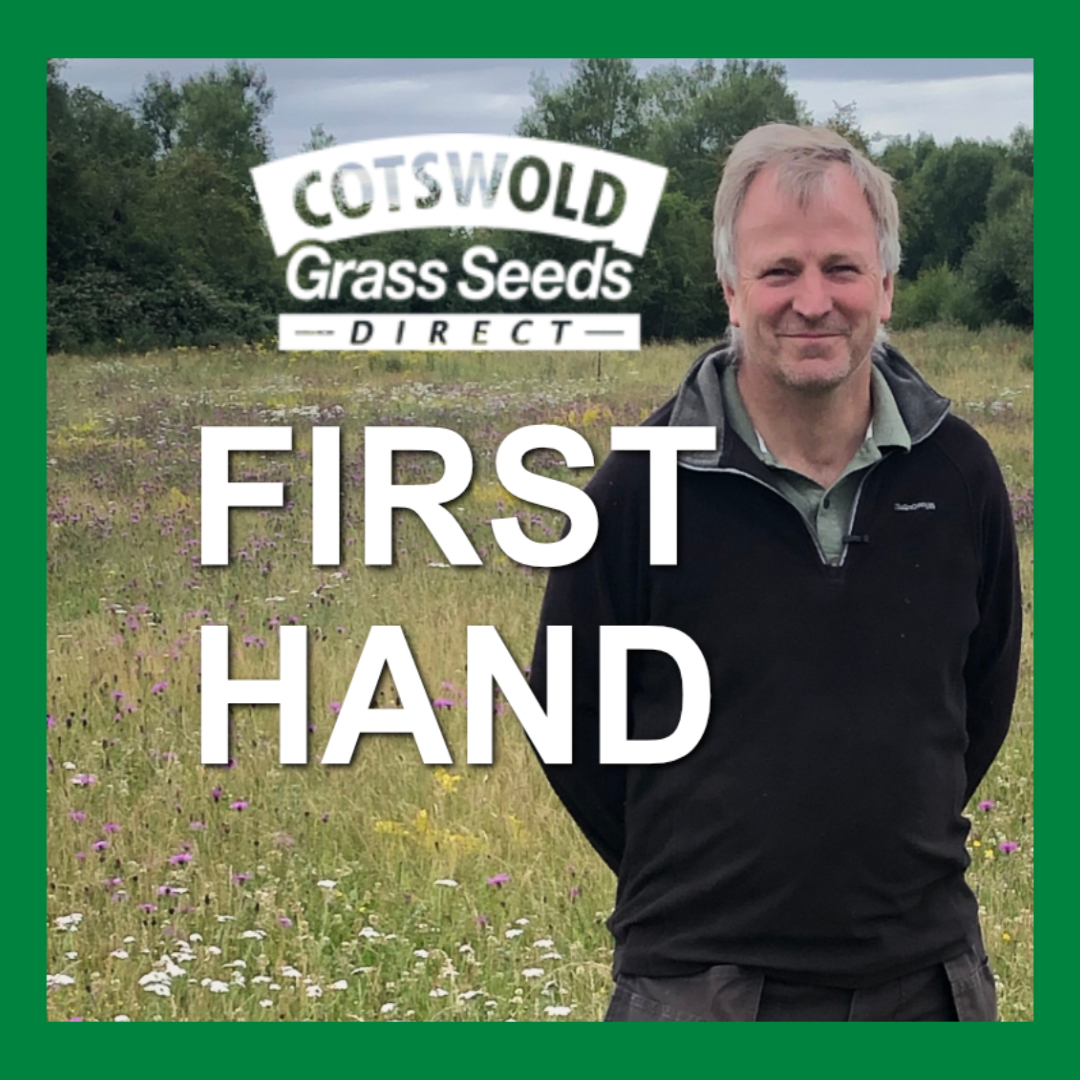

David Gow has truly embraced the concept of farm diversification, branching out into selling Christmas trees and planting willow trees for cricket bats, which can only be grown successfully in the UK. But environmental concerns drive all the different enterprises.
David’s 1000 acre farm is 5 miles west of Oxford and his family have been there since 1880, as tenants on some of the land and owning the rest. Two kilometres of the farm is bordered by the River Thames. There are 300 acres of ancient woodland, with 120 acres SSI and the rest is given over to a variety of crops. Six hundred acres of arable land grows winter wheat and maize as a break crop. There’s a herd of beef suckler cows, a camping and caravan site and farm shop which sells the Christmas trees the Gow family have been growing since the 1950s.
Five years ago, David further diversified with a different cash crop, introducing willows trees for cricket bats in an irrigated set aside field. Willow trees are planted with a 10m spacing so there’s bare ground between the trees, making up 90% of the field, which can’t be used for arable or livestock as the animals would damage the trees in their early years. David is hoping to sow it with wildflower seeds, as he has done elsewhere on the farm.
In 1998 a 35 acre arable field went into a 10 year ESA agreement as arable reversion to extensive grassland. The agreement was renewed in Autumn 2012 with added wildflowers from Cotswold Seeds. ‘I like the website. It’s very good and the staff are knowledgeable and helpful. The company is local so we can pick seeds up if we need them urgently, or there’s 24 hour delivery.’
A contractor with years of experience of these types of mixes, sows with a grass seed drill using a low seed rate. The wildflower areas are later lightly grazed by the beef suckler herd. Management is low input, with no fertiliser. One year out of three it’s cut for hay after the flowers have set seed. ‘It’s not grown as commercial grass and since the hay contains flowers it’s not nutritionally as good as mainstream grasses,’ David says. ‘But the environmental benefits are really important for us. We’ve got beehives on the farm and they love the wildflowers. We have red kites and buzzards and barn owl boxes along the river banks. In May and June the grass is alive with insects.’
This is why David wants to increase the amount of wildflowers grown on the farm. Keeping the cricket bat willows as his primary cash crop, he is trialing equipment to make it more feasible to grow wildflowers around them. ‘We hire contractors with big balers and machinery but we may have to downscale to manoeuvre between the trees.The flowers will stabilize soil while not competing with the trees.’ Older grassy areas can be managed with Aberdeen Angus cattle which can use the coarse grass more efficiently.
David is also investigating growing wildflowers around the Christmas trees, which take 8 years to grow to a saleable height after planting. Cricket bat willows require even more patience, taking 15-18 years to mature. Blanks are selected and seasoned and sent to India.
‘We’re looking to use livestock to manage habitat as opposed to growing commercial grass to fatten livestock,’ David explains. ‘It’s a different way of looking at things, but for us commericality needs to balance with environmental benefits.’
Date Posted: 31st March 2021



